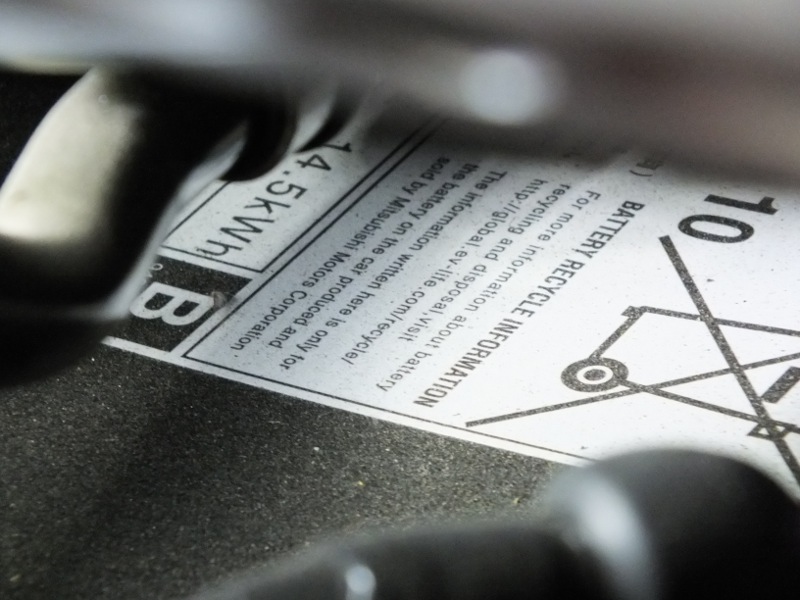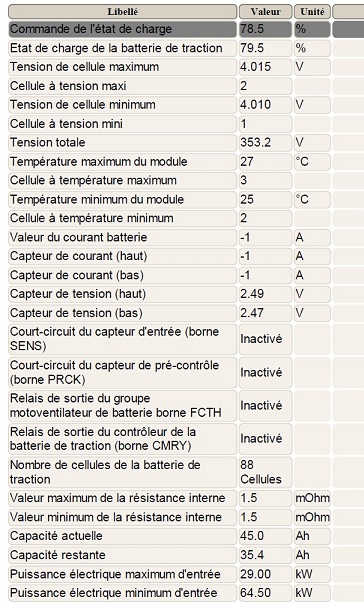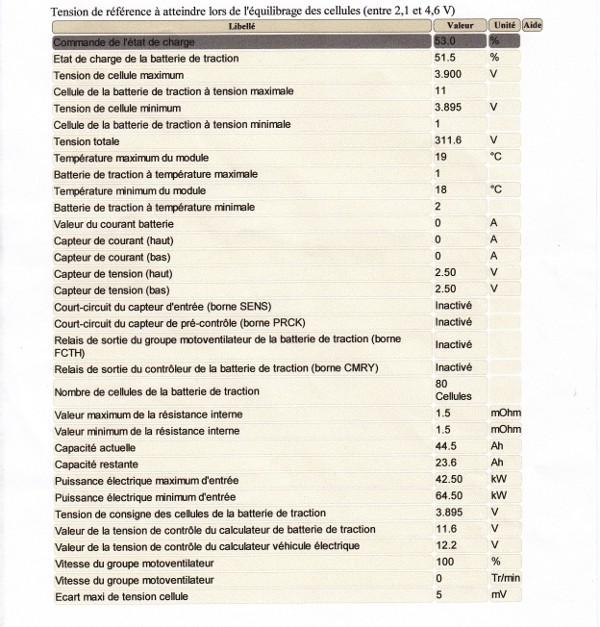This topic is for posts about i-MiEV battery failure data (not individual's experiences). I'll try finding and moving those related posts in here when I get better connectivity.
Although I presently can't access it (on the road with an ancient iBook and obsolete crashing browser and miserable connectivity), this Google docs spreadsheet started by PV1 is a great vehicle for collecting information from those on this forum and will serve as the compilation of *our* data:
https://docs.google.com/spreadsheets/d/1INejOsxJ77ti_ZYgOd_oS2M7cQLnD1DuUFSPkACwD6A/edit?usp=sharing
For anyone reading this for the first time, the general consensus is that the i-MiEV battery pack is very reliable, has in general exhibited very little degradation, and 'failures' which have occurred that have been measured by CaniOn show only a single degraded cell within the battery pack. So far, Mitsubishi has been excellent about replacing outright failures under warranty.
Although I presently can't access it (on the road with an ancient iBook and obsolete crashing browser and miserable connectivity), this Google docs spreadsheet started by PV1 is a great vehicle for collecting information from those on this forum and will serve as the compilation of *our* data:
https://docs.google.com/spreadsheets/d/1INejOsxJ77ti_ZYgOd_oS2M7cQLnD1DuUFSPkACwD6A/edit?usp=sharing
For anyone reading this for the first time, the general consensus is that the i-MiEV battery pack is very reliable, has in general exhibited very little degradation, and 'failures' which have occurred that have been measured by CaniOn show only a single degraded cell within the battery pack. So far, Mitsubishi has been excellent about replacing outright failures under warranty.


















